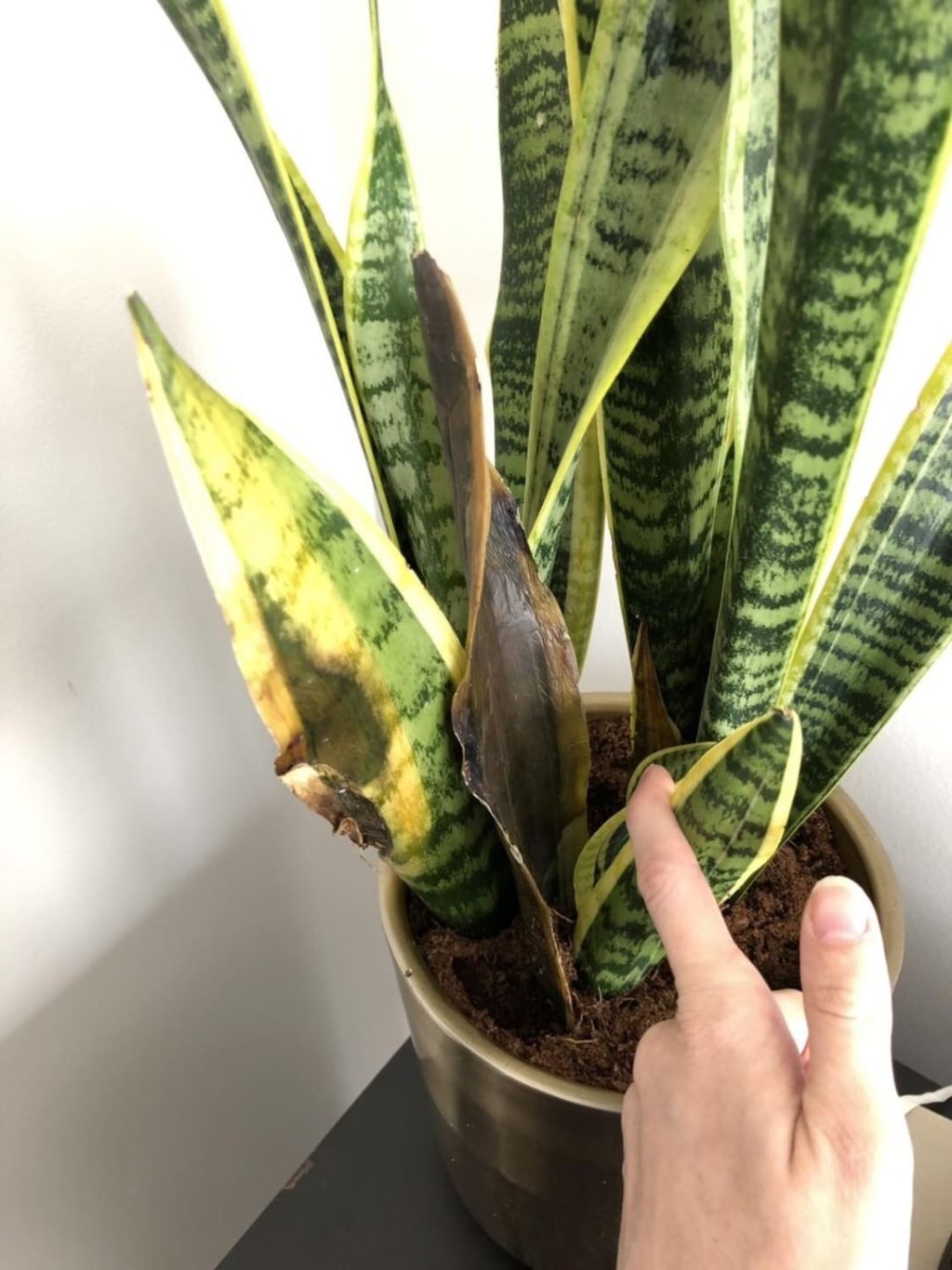The Snake Plant Leaves Turning Yellow Diaries
Table of ContentsGet This Report about Snake Plant Leaves Turning YellowThe Best Guide To Snake Plant Leaves Turning YellowSome Known Incorrect Statements About Snake Plant Leaves Turning Yellow All about Snake Plant Leaves Turning YellowSome Of Snake Plant Leaves Turning Yellow
The jury is still out on how reliable it remains in cleansing the air, however I still have one in nearly every area This special plant is a great starter plant and with its easy care, you can't go incorrect with it! In this message, I wanted to share some suggestions on looking after your sansevieria.Initially, snake plants enjoy well draining dirt. Stay clear of small dirt because this kind of dirt will hold even more wetness and could lead to root rot. Origin rot is when the soil obtains water logged. If the plant remains wet for also long, the roots can rot and ultimately, your plant will die.
These plants are really similar to cacti when it comes to their care. One of the main things that will certainly keep your plant from root rot is well draining soil.
This will make your plant susceptible to bugs or other organisms located outdoors. I did this when and learned my lesson extremely quickly and brought in additional little pests that were hazardous to my plant. For pots, I like terracotta pots. These are the reddish clay ones that you can discover nearly anywhere.
Snake Plant Leaves Turning Yellow Can Be Fun For Everyone
Terra-cotta pots help with preventing origin rot as well. The plant will dry out much faster in a terracotta pot due to the fact that the clay wick's water is from the soil. I have some plants in attractive earthenware pots that are not terracotta as well, however they all have a drainage opening at the base.
I such as to get a pot that gives my new plant about 2 inches of development space around the entire diameter of the pot. This provides the plant room to grow but it's still a bit snug. Replanting your sansevieria in as well large of a pot suggests a lot more soil, bring about more time to dry, which can result in root rot.
If you have a pot on a timber floor or wood surface area, just see to it you place a plate or nonporous material under the pot to protect the pot from wrecking your surface area. The fantastic point regarding sansevieria is that it can deal with varied lighting circumstances. The plant will grow better in bright light (near a window in your house), yet it can take care of a darker corner in your home too.
It's amazing to see this plant thrive in what appears to be inadequate lights conditions. It genuinely is an exceptionally versatile plant!
Some Ideas on Snake Plant Leaves Turning Yellow You Should Know
A guideline of thumb when it pertains to lights: Even if they can stay in low light does not imply that they will necessarily flourish in low light. They will certainly grow better in bright light. I locate the more I ignore my snake plant, the better! Only water when the dirt is completely dry.
If there is a little moisture in the soil, then I will certainly examine it once again in a week. Exactly how your plant holds moisture will rely on where you live. If you stay in a clothes dryer environment, then it will dry faster, or if you reside in a moist environment, after that it will hold water longer.
Watering on stormy days maintains my plants soaked and they take longer to dry out. In winter, I taper off watering and water regarding every 4 weeks.
I don't soak my plants with water due to the hazard of origin rot. I prefer to under water than over water them. Sansevierias do not like their fallen leaves to anonymous be wet, so when you water, simply put the water on the soil and attempt to stay clear of obtaining any water on the leaves.
A Biased View of Snake Plant Leaves Turning Yellow

Fluoride and chlorine can accumulate in your sansevieria, so this technique of leaving your water out will certainly settle in the long run. Making use of filtered water or accumulated rainfall water is a terrific choice too! Dusting the fallen leaves is a wonderful habit that your sansevieria will certainly thanks for.

As the origins make their method out and expand, they will certainly need constant call with the dirt, so do not let your plant dry out way too much when you are trying to multiply. I'll examine my fresh propagated fallen leaves and provide them more focus than common. If the dirt has actually come to be bone completely dry, then I will certainly provide an find this excellent take in water.
Fascination About Snake Plant Leaves Turning Yellow
In addition to being unbelievably easy to grow, snake plants have a number of health and wellness advantages, including filtering interior air, removing toxic contaminants, and improving mental health and wellness. Numerous home plants are tactically positioned for design and to maintain feng shui.

Their fallen leaves contain a poison that can create swelling and pins and needles on the tongue if eaten in huge doses. It's smart to keep this plant far from children and animals that are prone to nibbling. The snake plant, commonly referred to as mother-in-law's tongue, is a resilient succulent that can grow anywhere in between 6 inches to several feet.
What's special concerning this certain plant is that it is just one of the few plants that can transform carbon dioxide (CARBON DIOXIDE) right into oxygen at evening. This quality makes it a perfect plant for room decoration, because it can help manage healthy and balanced air flow - Snake Plant Leaves Turning Yellow. Serpent plants are likewise recognized for their capability to help get rid of poisonous air pollutants